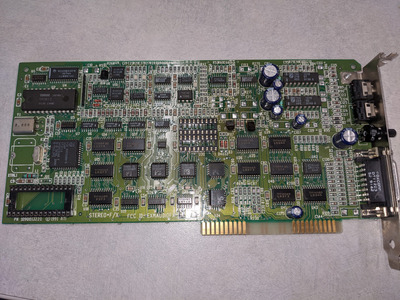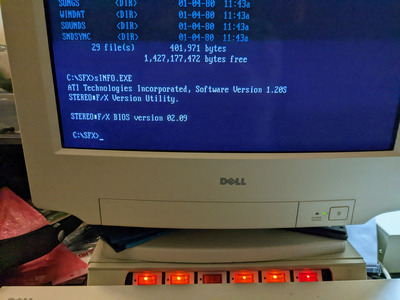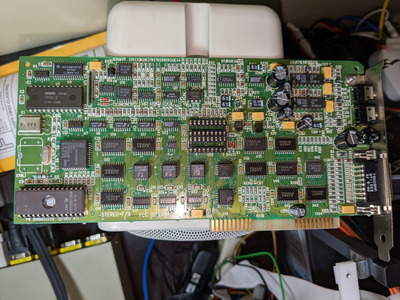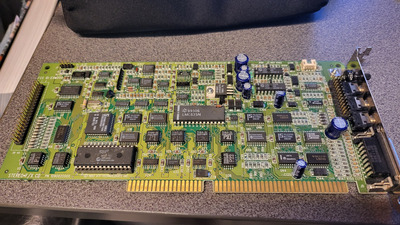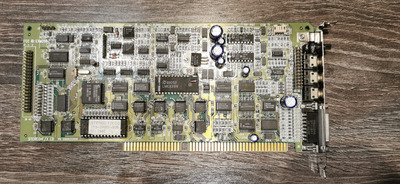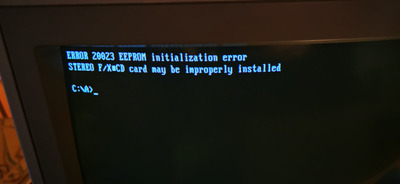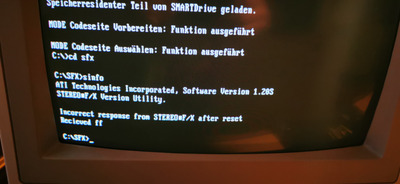First post, by baracoota
- Rank
- Newbie
After years of reading through this invaluable forum, I finally worked up the nerve to ask for help on one of my personal projects that actually hasn't already been covered (I hope).
I have an ATI Stereo F/X ISA 8-bit sound card that is in need of resurrection. I received it missing its 28-pin DIP ROM and also ALL of its tantalum SMD capacitors. I think I've found enough pictures of the card online to identify the caps; however, I cannot determine whether the ROM is an EPROM or EEPROM (or possible something different). Knowing the part number of the ROM would be extremely helpful. I think I've found the 32kb .bin file that I'll need to program it, but I'm unsure and want to see if anyone here was willing to assist.
I think the tantalum caps are as follows. Please verify if you own this card.
(10) 16V 22uF 2719
(1) 25V 22uF 2719
(4) 16V 10uF 2312
(5) 16V 1uF 1206
Just need to know what the 28-pin DIP ROM chip is and maybe a dump of its contents if possible.
Its not a very common card, so hopefully someone here actually has one to compare this to. Fingers crossed. Appreciate any and all help.
